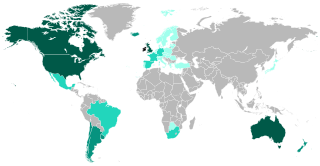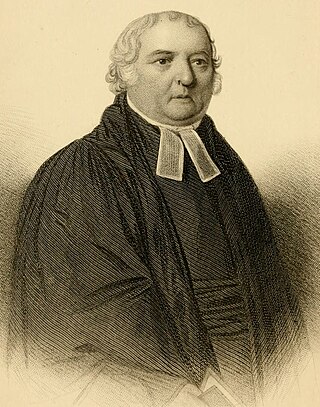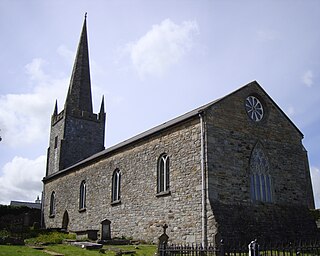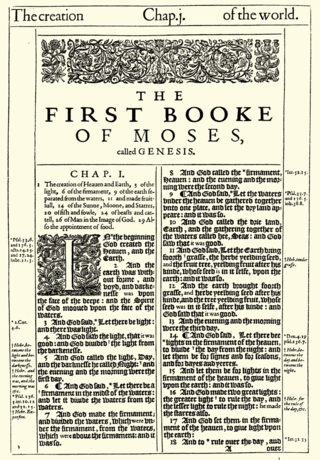Related Research Articles

Achill Island is the largest of the Irish isles and lies off the west coast of Ireland in County Mayo. It has a population of 2,594. Its area is 148 km2 (57 sq mi). Achill is attached to the mainland by Michael Davitt Bridge, between the villages of Achill Sound and Polranny. A bridge was first completed here in 1887. Other centres of population include the villages of Keel, Dooagh, Dooega, Dooniver, and Dugort. The parish's main Gaelic football pitch and secondary school are on the mainland at Polranny. Early human settlements are believed to have been established on Achill around 3000 BC. The island is 87% peat bog. The parish of Achill consists of Achill Island, Achillbeg, Inishbiggle and the Corraun Peninsula.

County Mayo is a county in Ireland. In the West of Ireland, in the province of Connacht, it is named after the village of Mayo, now generally known as Mayo Abbey. Mayo County Council is the local authority. The population was 137,231 at the 2022 census. The boundaries of the county, which was formed in 1585, reflect the Mac William Íochtar lordship at that time.

The Irish diaspora refers to ethnic Irish people and their descendants who live outside the island of Ireland.

Theobald Mathew was an Irish Catholic priest and teetotalist reformer, popularly known as Father Mathew. He was born at Thomastown, near Golden, County Tipperary, on 10 October 1790, to James Mathew and his wife Anne, daughter of George Whyte, of Cappaghwhyte. Of the family of the Earls Landaff, he was a kinsman of the clergyman Arnold Mathew.

Irish Canadians are Canadian citizens who have full or partial Irish heritage including descendants who trace their ancestry to immigrants who originated in Ireland. 1.2 million Irish immigrants arrived from 1825 to 1970, and at least half of those in the period from 1831 to 1850. By 1867, they were the second largest ethnic group, and comprised 24% of Canada's population. The 1931 national census counted 1,230,000 Canadians of Irish descent, half of whom lived in Ontario. About one-third were Catholic in 1931 and two-thirds Protestant.

Samuel Marsden was an English-born priest of the Church of England in Australia and a prominent member of the Church Missionary Society. He played a leading role in bringing Christianity to New Zealand. Marsden was a prominent figure in early New South Wales and Australian history, partly through his ecclesiastical offices as the colony's senior Church of England cleric and as a pioneer of the Australian wool industry, but also for his employment of convicts for farming and his actions as a magistrate at Parramatta, both of which attracted contemporary criticism.
The Irish Church Missions (ICM) is a conservative and semi-autonomous Anglican mission. It was founded in 1849 as The Irish Church Missions to the Roman Catholics chiefly by English Anglicans though with the backing and support of Church of Ireland clergy and bishops, with the aim of converting the Roman Catholics of Ireland to Protestantism. The reference to Roman Catholics in the title was removed in 2001.

The Bishop of Killala is an episcopal title which takes its name after the village of Killala in County Mayo, Ireland. In the Roman Catholic Church it remains a separate title, but in the Church of Ireland it has been united with other bishoprics.

Allen Francis Gardiner (1794–1851) was a British Royal Navy officer and missionary to Patagonia.
Events from the 6th century in Ireland.
Souperism was a phenomenon of the Irish Great Famine. Protestant Bible societies set up schools in which starving children were fed, on the condition of receiving Protestant religious instruction at the same time. Its practitioners were reviled by the Catholic families who had to choose between Protestantism and starvation. People who converted for food were known as "soupers", "jumpers" and "cat breacs". In the words of their peers, they "took the soup". Although souperism did not occur frequently, the perception of it had a lasting effect on the popular memory of the Famine. It blemished the relief work by Protestants who gave aid without proselytising, and the rumour of souperism may have discouraged starving Catholics from attending soup kitchens for fear of betraying their faith.

The Bishop of Elphin is an episcopal title which takes its name after the village of Elphin, County Roscommon, Ireland. In the Roman Catholic Church it remains a separate title, but in the Church of Ireland it has been united with other bishoprics.

17th-century Missionary activity in Asia and the Americas grew strongly, put down roots, and developed its institutions, though it met with strong resistance in Japan in particular. At the same time Christian colonization of some areas outside Europe succeeded, driven by economic as well as religious reasons. Christian traders were heavily involved in the Atlantic slave trade, which had the effect of transporting Africans into Christian communities. A land war between Christianity and Islam continued, in the form of the campaigns of the Habsburg Empire and Ottoman Empire in the Balkans, a turning point coming at Vienna in 1683. The Tsardom of Russia, where Orthodox Christianity was the established religion, expanded eastwards into Siberia and Central Asia, regions of Islamic and shamanistic beliefs, and also southwest into the Ukraine, where the Uniate Eastern Catholic Churches arose.

Edward Mary Fitzgerald was an Irish-born American prelate of the Roman Catholic Church. He served as bishop of the Diocese of Little Rock in Arkansas from 1867 until his death in 1907.

Alexander Robert Charles Dallas was an author, Church of England minister and Rector of Wonston in Hampshire from 1828 to 1869, a member of the family that descended from James Dallas of Rosshire in Scotland.

William Pennefather (1816-1873) was an Irish Anglican cleric who spent most of his adult life in England. He was famous for his hymns and sermons, and also for missionary work with his wife Catherine Pennefather. Catherine founded several projects in his name in the twenty years after his death.
The Church of Ireland Gazette is a monthly magazine promoting the Christian faith, covers the activities of the Church of Ireland across all its dioceses in Ireland. Although associated with the Church of Ireland (Anglican) the Gazettes editorial is formally Independent. Published in Lisburn, County Antrim, the magazine distributes about 5,000 copies monthly. It is published on the second Friday of each month.

Dugort, sometimes spelled Doogort, is a historical village on Achill Island in County Mayo, Ireland. It is next to Slievemore mountain. There are two blue flag beaches in Dugort: Silver Strand which is located at the foot of the Slievemore Mountain and the Golden Strand which is located further east.

Edward Nangle was a Church of Ireland minister and the founder of the Achill Mission Colony. He established a Protestant mission on Achill Island, County Mayo, in 1834 and worked there for eighteen years with the aim of bringing Protestantism to the Native Irish Christians who were impoverished in large part due to the Penal Law policies of the Protestant Ascendancy. Edward Nangle was involved in evangelical attempts to convert Catholics to Protestantism. He opened a Christian school on the island where children were taught reading, writing, agricultural skills and Christianity as part of a Missionary Colony. His presence on the island led to some press coverage and parliamentary debates. The island itself was developed with a pier built at Dugort, a courthouse at Achill Sound and a road network between numerous key locations on the island. A plaque hanging in St. Thomas Church, Dugort, dedicated to Edward Nangle and erected by friends after his death, reads: "He devoted his life from the year 1834 to the welfare of the people of Achill among whom he lived for many years."
Bridget Patricia Byrne is an Irish writer of narrative nonfiction. Two of her books deal with historical events in nineteenth-century Achill Island.
References
- ↑ Byrne, Patricia (2018). The Preacher and the Prelate - The Achill Mission Colony and the Battle for Souls in Famine Ireland. Ireland: Merrion Press. pp. 56–57. ISBN 9781785371721.
- ↑ Byrne, Patricia (January 2022). "God's Scourge on a Sinful Nation: The Great Famine from an Achill Mission Colony Perspective". Journal of the Galway Archaeological and Historical Society. 73, 2021: 26–38.
- ↑ Byrne, Patricia. "Weapons of his own Forging: Edward Nangle, Controversial in Life and in Death". The Irish Story. Archived from the original on 2 October 2013. Retrieved 10 February 2020.
- D. J. Hickey & J. E. Doherty. A Dictionary of Irish History. Dublin: Gill & Macmillan, 1980; p. 2 ISBN 0-7171-1567-4
- Article on Edward Nangle & the Achill Island Mission.